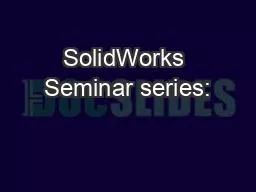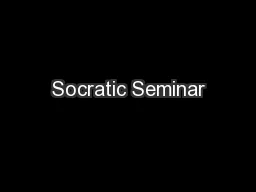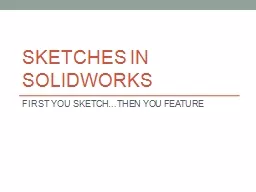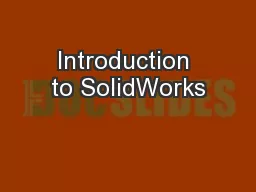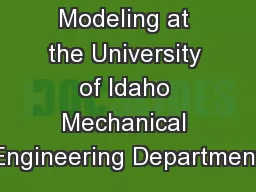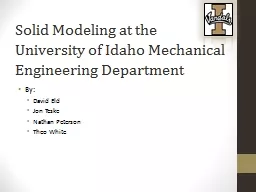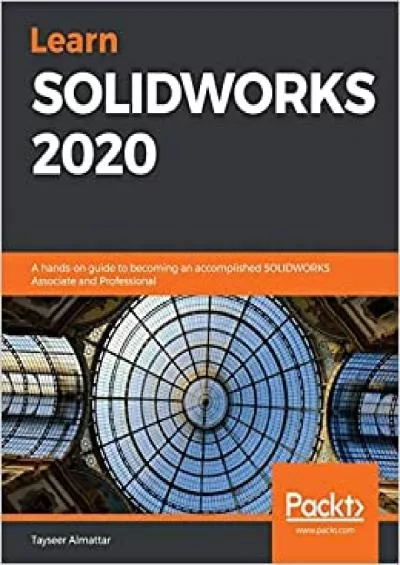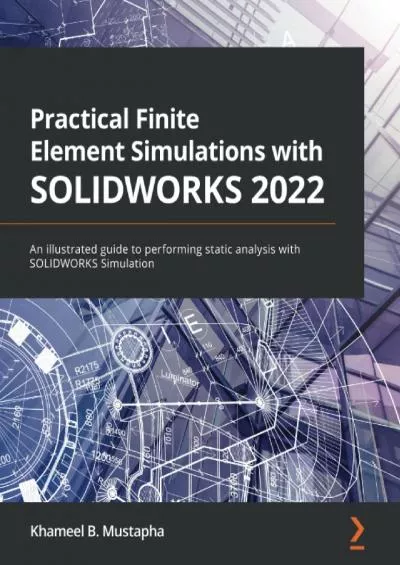PPT-SolidWorks Seminar series:
Author : contera | Published Date : 2020-11-06
Introduction to SolidWorks FRC 2468 Appreciate Lewis Jones FRC 2468 CAD Seminar 1 Overview Week 1 SolidWorks Introduction SolidWorks Assembly Mates Week 2 Assembly
Presentation Embed Code
Download Presentation
Download Presentation The PPT/PDF document "SolidWorks Seminar series:" is the property of its rightful owner. Permission is granted to download and print the materials on this website for personal, non-commercial use only, and to display it on your personal computer provided you do not modify the materials and that you retain all copyright notices contained in the materials. By downloading content from our website, you accept the terms of this agreement.
SolidWorks Seminar series:: Transcript
Download Rules Of Document
"SolidWorks Seminar series:"The content belongs to its owner. You may download and print it for personal use, without modification, and keep all copyright notices. By downloading, you agree to these terms.
Related Documents

